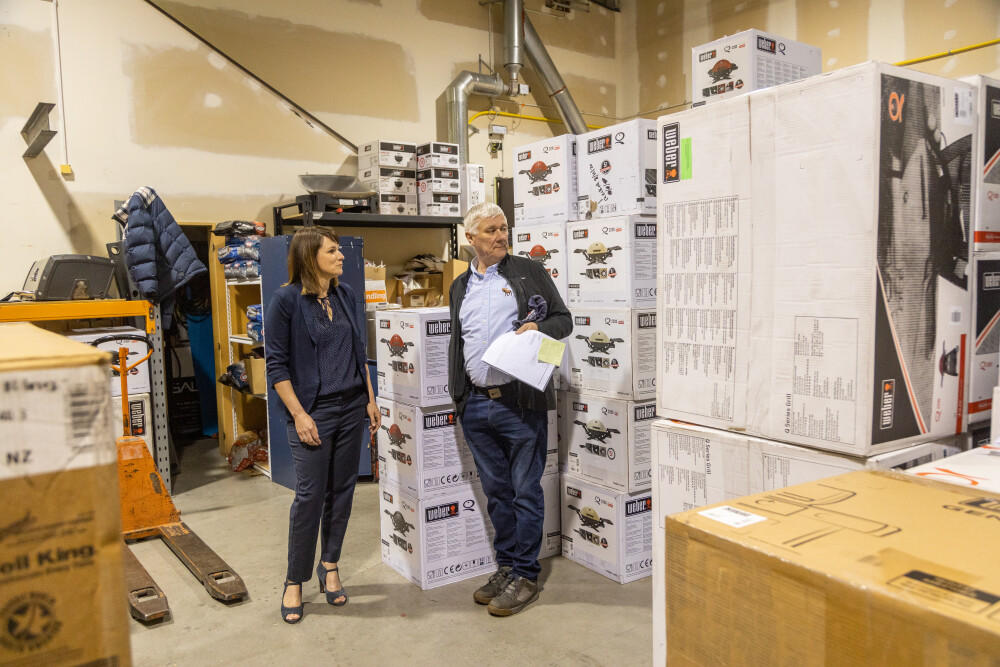Effective inventory management is crucial for the success of any business.
A key component of this process is maintaining accurate Stock-on-Hand (SOH) records. Accurate SOH data enables businesses to make informed decisions, prevent stockouts or overstock situations, and streamline overall operations.
In this blog post, we will explore useful tips to help you get the most from your stocktakes.
